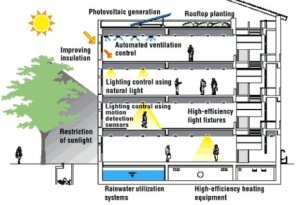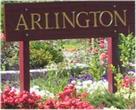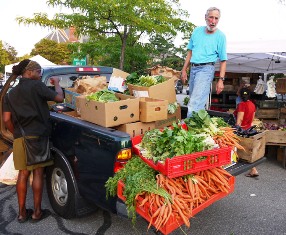Arlington MA residents are eligible for a free home energy assessment, sponsored by Mass Save’s Home Energy Check Campaign and supported, in part, by Arlington’s Vision 2020/Sustainable Arlington organization.
The Home Energy Check Campaign offers homeowners the opportunity to have a complimentary energy assessment of their home completed at no cost to the homeowner, and includes the assessment, complimentary give-aways, and a follow-up list of suggested improvements the homeowner can make to improve the energy efficiency of their home. You can sign up for your free assessment at the Home Energy Check.org web site.
“Residents who get a home energy assessment and follow up on the suggestions made during the assessment will benefit by lowering their energy use, which reduces their utility bills and improves comfort. This is a home run for residents,” says Rob Garrity, Executive Director of the Massachusetts Climate Action Network (MCAN), the organization responsible for running the program.
During the energy assessment, an energy auditor will perform a walk-thru assessment using a checklist of standard areas that provide the biggest energy savings. If you sign up for an audit, you can expect the auditor to check your home’s attic, windows, and heating system. In general, your home’s insulation will be the biggest area for improvement.
“The more insulation you have, the more you’re separated from the exterior temperature effect,” says David Landskov, an Arlington resident who recently completed an energy assessment. According to Landskov, “insulation degrades over time and you should periodically review it to see if it meets current standards.” A home energy assessment will help you determine the effectiveness of your insulation.
In addition to the valuable information the homeowner receives from an assessment, there are also some nice give-aways that help to make an immediate impact on your energy savings. Number one among them, free faucet aerators. Not only are they free, but the energy auditor will install them for you. Once installed, you use less water and you don’t even notice a difference in your water pressure. This translates into an immediate payback, as your water bill is reduced and the energy cost that would have been used to heat any of that excess water is also saved.
Perhaps the least-known of the benefits of having a home energy assessment are the varied rebates and incentives for which the homeowner is then eligible, including a 75% instant rebate (up to $2,000) for completing the recommended insulation and weatherization audit items. Also available is a Federal tax credit of up to $500 per household.
The most intriguing incentive, however, is the homeowner’s eligiblity to participate in the Mass Save HEAT Loan Program, which provides up to a $15,000 zero percent (0%) interest loan to have energy-efficient improvements made to a home. With a seven-year payback period, the loan payment you make would be less than the amount of money you save from the energy-efficient improvement(s). For more information on this program, visit the Mass Save HEAT Loan program web site.
“The overall benefit [of the Home Energy Check Campaign] is you get to know your home better,” says Austin Whitman, another Arlington resident who recently had an assessment of his home completed. “But there’s also a reward in knowing you’re contributing less to overall energy usage and having less of an impact on the environment.”
The program is open to all Arlington residents through the end of this month.
For more information, visit the following web sites:
- Massachusetts Climate Action Network
- Town of Arlington – Energy Conservation Info
- MassSAVE Program
- Sustainable Arlington
Until next time, Peace!
-TMC










